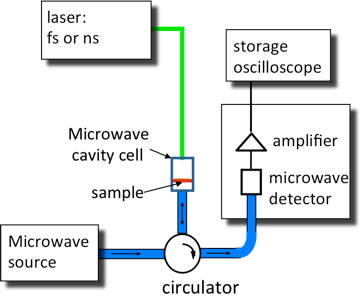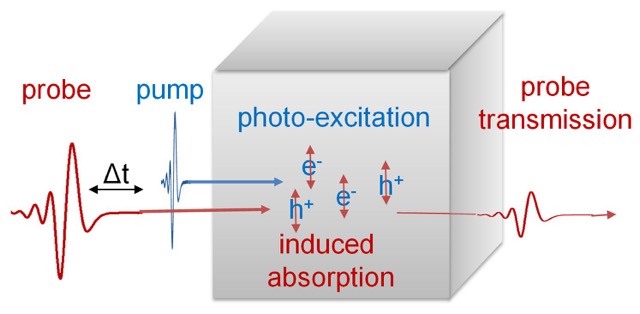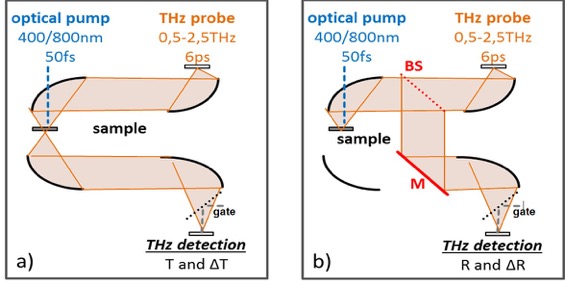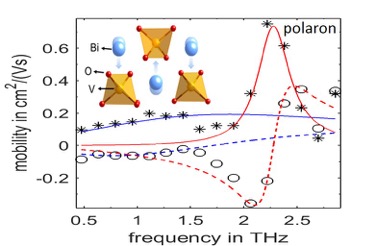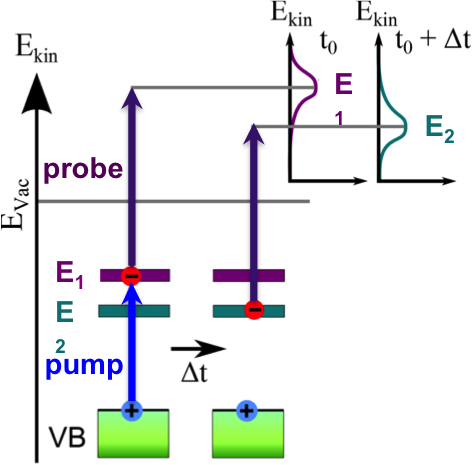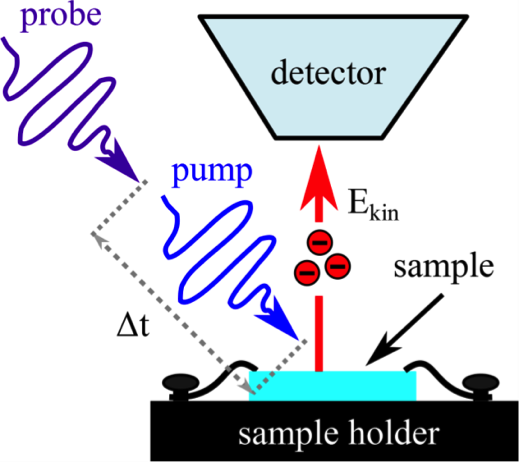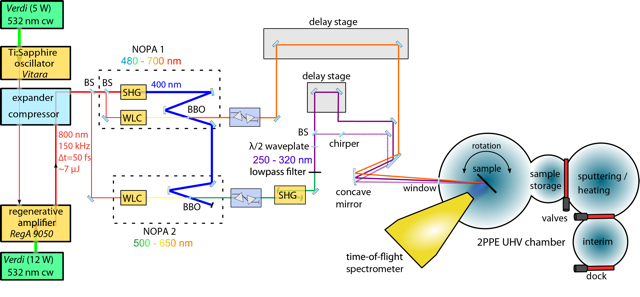Institute Solar Fuels
Time-resolved spectroscopy
Time-resolved Microwave Conductivity (TRMC)
The lifetime and mobility of charge carriers are key parameters that determine the photoactivity of semiconductor photoabsorbers. We apply TRMC with nanosecond time resolution in a cavity-based design to get quantitative information on the lifetime and mobility of the relatively slow and short-lived photoexcited carriers in metal oxides. During a TRMC measurement, the semiconductor is illuminated by a nanosecond laser pulse, which creates free excess charge carriers, electrons and holes, and induces a change in the microwave power reflected from the sample. This change in microwave power can then be correlated to the photoinduced change in the conductance of the sample from which the mobility, lifetime and diffusion length of the photo-excited charge carriers can be obtained.
Time-resolved Terahertz Spectroscopy (TRTS)
We apply TRTS with sub-picosecond time resolution to determine the carrier transport properties of semiconductor photoabsorbers. The semiconductor is illuminated with a femtosecond laser pump pulse, creating electrons and holes which absorb THz probe radiation and are detected by the decrease in the transmitted or reflected THz power [ref]. This decrease is related to the conductivity of the semiconductor from which the mobility or diffusion length of photo-excited charge carriers can be retrieved [refs].
The mobility in the THz regime exhibits different spectral shapes depending on the nature of charge carriers in the sample. From the specific spectral signature, free electrons and holes can be distinguished from electrons and holes localized as polarons or in defects.
Time-resolved two-photon photoemission spectroscopy (tr-2PPE)
Two-photon photoemission spectroscopy (2PPE) is specific type of photoemission spectroscopy (PES), where the binding energies of electrons is determined by using photons to promote them above the vacuum level Evac via the photoelectric effect. The ejected electrons can then escape the sample and a detector can be used to measure their kinetic energy that is related to their initial energy. In contrast, 2PPE typically employs photons with energies below the ionization energy of the sample. Consequently, the absorption of two or more photons is required for an electron to exceed the vacuum level Evac of the sample. Absorption of the first photon leads to the occupation of originally unoccupied states that would be invisible to UPS and XPS. By introducing a time delay between both absorption steps in the form of time-delayed, femtosecond laser pulses (pump and probe), we can furthermore measure the dynamics of the photoexcited electrons.
With this technique, the lifetime and energy distributions of photo-generated electrons can be measured on time scales ranging from roughly 40 fs – 2 ns.

